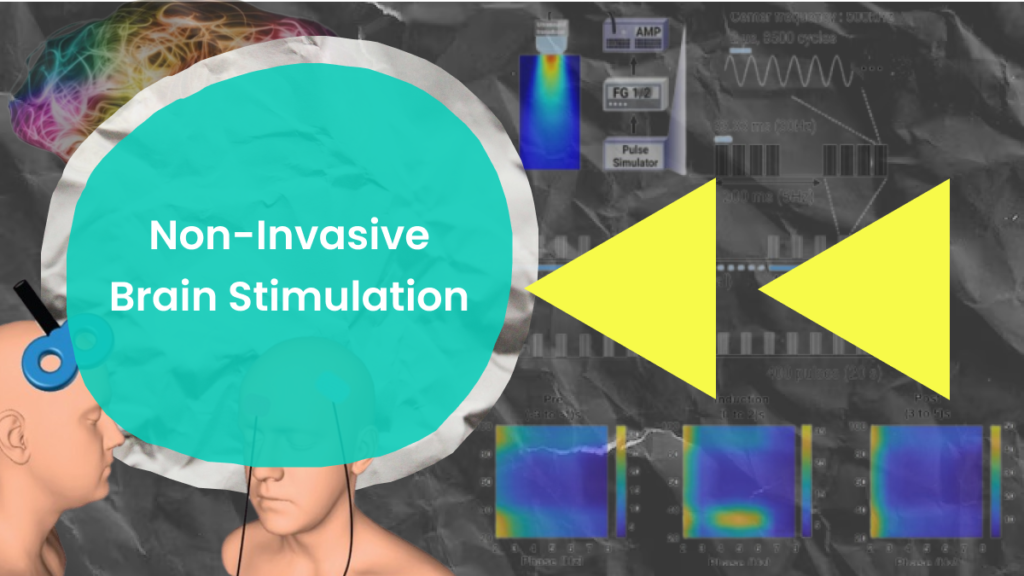Groundbreaking Approach for Brain Disorders: Patterned Low-Intensity Low-Frequency Ultrasound (LILFUS)

Recent breakthroughs in neuroscience have led to the development of a revolutionary technique that promises to transform the landscape of brain disorder treatment. A team of researchers, led by Dr. PARK Joo Min of the Institute for Basic Science (IBS), has unveiled a groundbreaking non-invasive brain stimulation method called Patterned Low-Intensity Low-Frequency Ultrasound (LILFUS). This innovative approach holds remarkable potential for inducing long-lasting changes in brain function, offering hope for conditions ranging from motor impairments to cognitive disorders.
Traditional methods of brain stimulation, such as magnetic and electrical techniques, have long been used to modulate brain function. However, these methods are plagued by limitations that hinder their efficacy in precisely targeting specific brain regions. Invasive procedures, while offering better control, come with significant risks. This has prompted researchers to explore alternative approaches that can overcome these constraints and provide more efficient modulation of brain function.
The latest study by the IBS team harnesses the power of ultrasound to enable precise stimulation of specific brain areas. Unlike electromagnetic waves, ultrasound possesses the unique ability to penetrate deep into brain tissues. Through their research, the team has demonstrated that ultrasound stimulation can effectively modulate neural plasticity – the brain’s ability to rewire itself – by activating key molecular pathways, particularly mechanosensitive calcium channels in astrocytes.
LILFUS is designed with specific ultrasound parameters that mimic the brainwave patterns observed during learning and memory processes. This enables researchers to either activate or deactivate specific brain regions with remarkable precision. Intermittent delivery of ultrasound induces long-term potentiation effects, while continuous patterns result in long-term depression effects.
One of the most promising aspects of LILFUS is its ability to enhance the acquisition of new motor skills. By delivering ultrasound stimulation to the cerebral motor cortex in mice, researchers observed significant improvements in motor skill learning and performance. This suggests potential applications in rehabilitation therapies for stroke survivors and individuals with motor impairments.
Moreover, the implications of this research extend beyond motor function to encompass a wide range of brain disorders, including depression. With further exploration, LILFUS could be adapted for various brain stimulation protocols, offering hope for conditions characterized by altered brain excitability and plasticity.
Dr. Park emphasizes the significance of this study, stating,
“This research has not only developed a new and safe neural regulation technology but has also uncovered the molecular mechanisms involved in brainwave-patterned ultrasound neural regulation.”
The team plans to continue their research to apply this technology in the treatment of brain disorders and the enhancement of cognitive functions.
In conclusion, Patterned Low-Intensity Low-Frequency Ultrasound represents a groundbreaking advancement in the field of brain disorder treatment. By harnessing the power of ultrasound to modulate neural plasticity, this technique offers new avenues for therapeutic intervention and holds promise for improving the lives of individuals affected by various neurological conditions.

